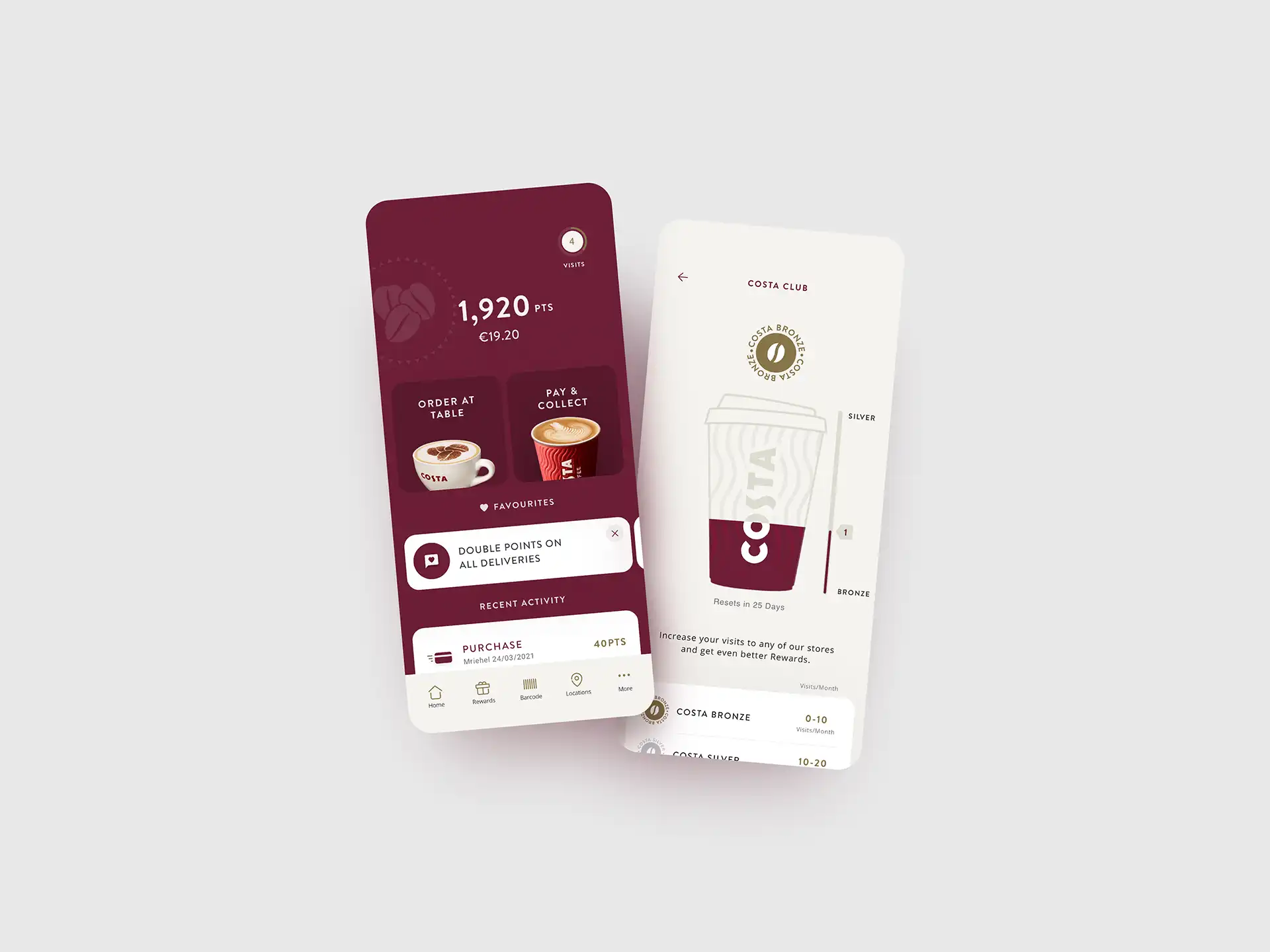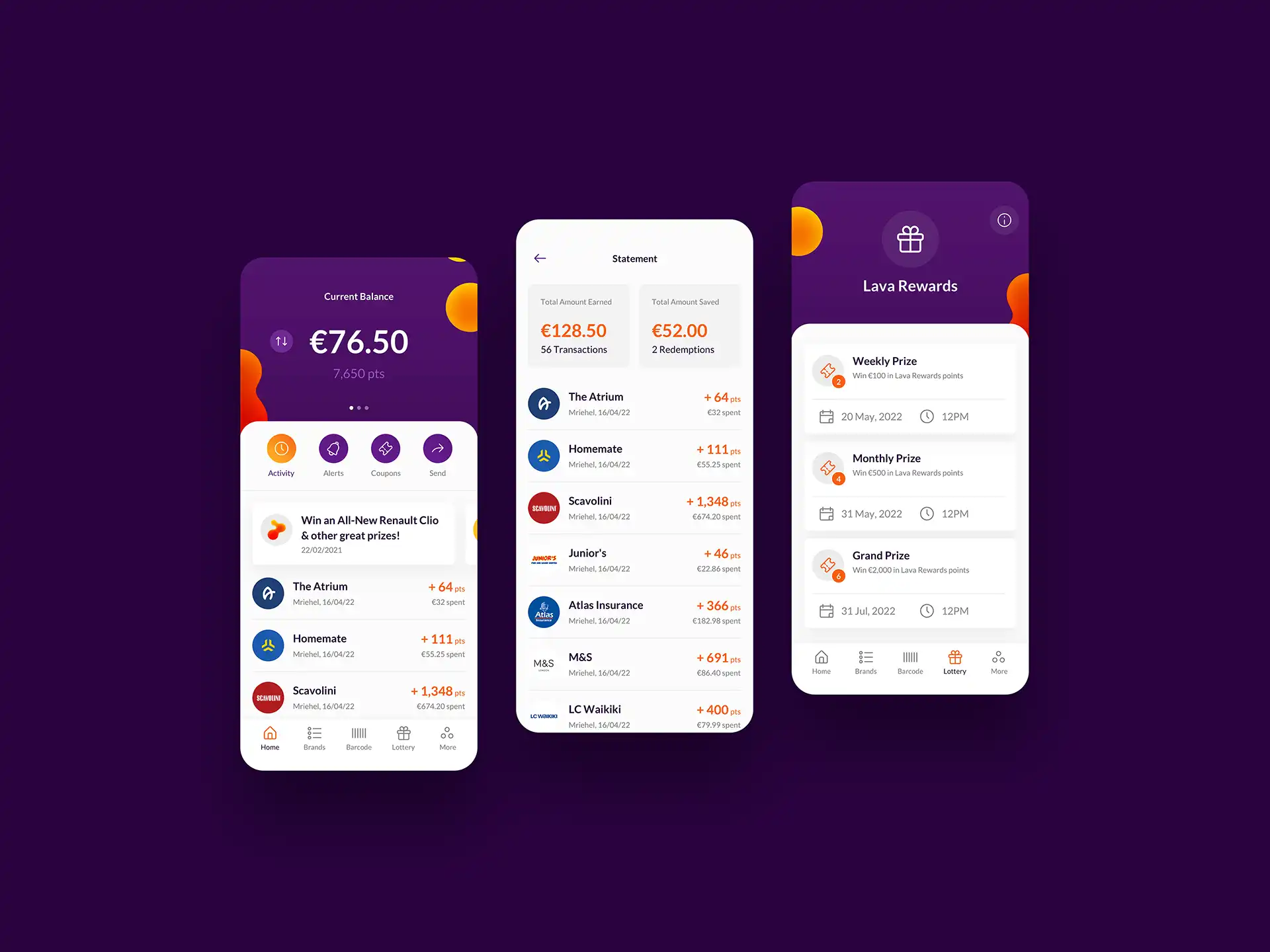Overview
Retention is more cost effective than acquisition
Loyalty programs came into existence as companies no longer benefitted from the competitive advantage of product differentiation. As this no longer held true due to proliferation of similar looking products.The basic premise of a rewards program is not new; buy X, get Y points, redeem Z reward. However, a shortcoming of this approach is the over-saturation of these programs. The simplest definition of a loyalty program is turning customers into brand loyalists which requires a repeatable process that incentivises them to keep buying from you. The more they spend the more rewards they receive. In order to gain a competitive edge against your competitors, companies should put customer preferences at the heart of all their marketing efforts and execute a loyalty program well, this way customers will feel good about purchasing from you and will continue to do so.
Generate recurring revenue and build customer affinity by offering rewards to customers when they purchase items from your store. Repeat customers deliver better returns. The direct impact that customer loyalty programs have on a company’s bottom line is a well-established fact.
Here are some benefits of implementing a customer loyalty program;
Increased customer engagement
Customer engagement has a direct impact on brand sustainability. This is a very important aspect in the long run. Highly-engaged customers buy 90% more often. Companies that do not engage with their customers have a low recall value and struggle with creating reliable brand image. If your business is not doing enough to engage your customers, 54% will consider dropping you.
Impact on brand affinity
Consistent customer engagement helps build brand loyalty. Offering rewards, gifts and discounts helps to create a satisfying customer experience which in turn builds brand affinity. A prolonged and consistent customer-brand association helps in boosting brand loyalty. This in turn helps brands to stand out giving them a competitive edge. Building long-term business relationships with existing customers is x16 less costly than doing so with new customers.
Improved customer experience
Customer experience is the overall experience a customer has with a brand from pre-sale to post-sale. 90% of buyers are willing to pay more for improved customer service. Brands are trying to create a wholesome experience for their customers, one way of doing that is through loyalty programs. Expectations of earning a reward creates anticipation and excitement and receiving the reward significantly improves customer satisfaction. Thereby creating a wholesome and positive customer experience.
Increased customer retention and sales
Studies have shown that customers are more likely to stick with a brand that offers a loyalty program as opposed to those that do not. A retained customer is an asset to a brand, bringing in more revenue for a reduced cost and also has the potential of becoming a brand advocate which in turn helps boost sales and revenue. A 5% increase in customer retention can lead to a 25% increase in profit or more according to statistics about customer loyalty.
Reduction in Attrition Rate
Loyalty programs combat this issue as customers remain associated with the brand in lieu of rewards and incentives which has a negative impact on customer churn and therefore customer attrition rates see a significant decline. The overall profitability of a business can increase by 25-125% when its churn rate is reduced by 5%.
At Think we care about our clients and we know our clients care for their customers. What better way to tell your customers that you appreciate their support than with a loyalty program? Get in touch to learn more about implementing a loyalty program into your company.

Our Process
Retain customers
Acquiring a new customer can cost up to 6 times more than retention.
Boost sales
Increasing customer retention by 5% could increase profitability by over 25%.
Increase the average order value
Loyal customers spend up to 67% more than new customers.
Enhance Conversion Rates
The likelihood of converting an existing customer is over 40% higher.

